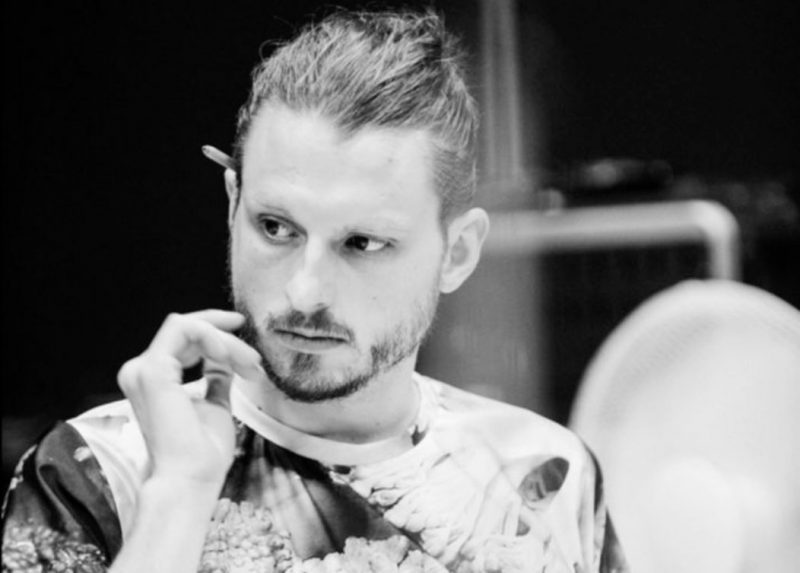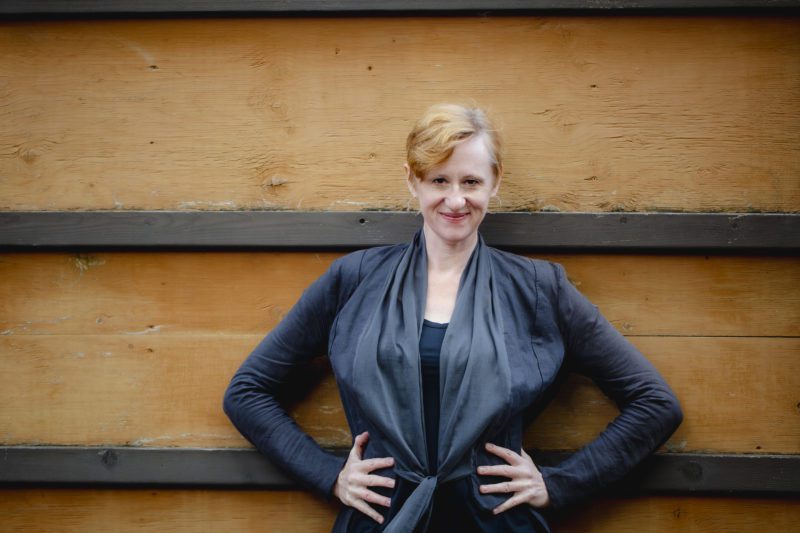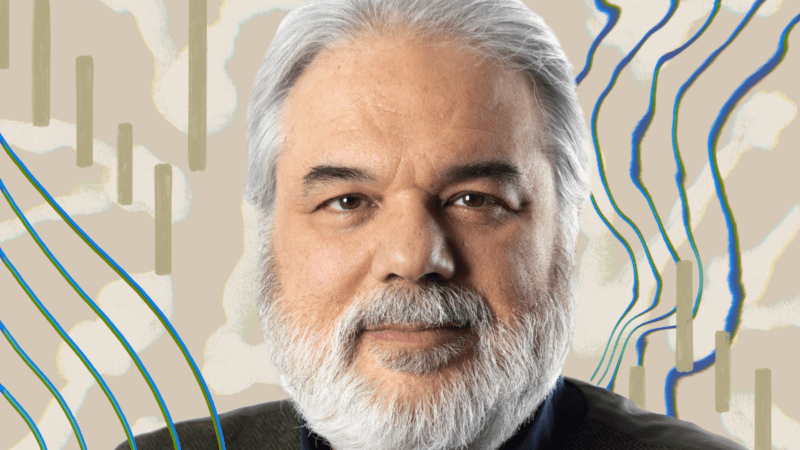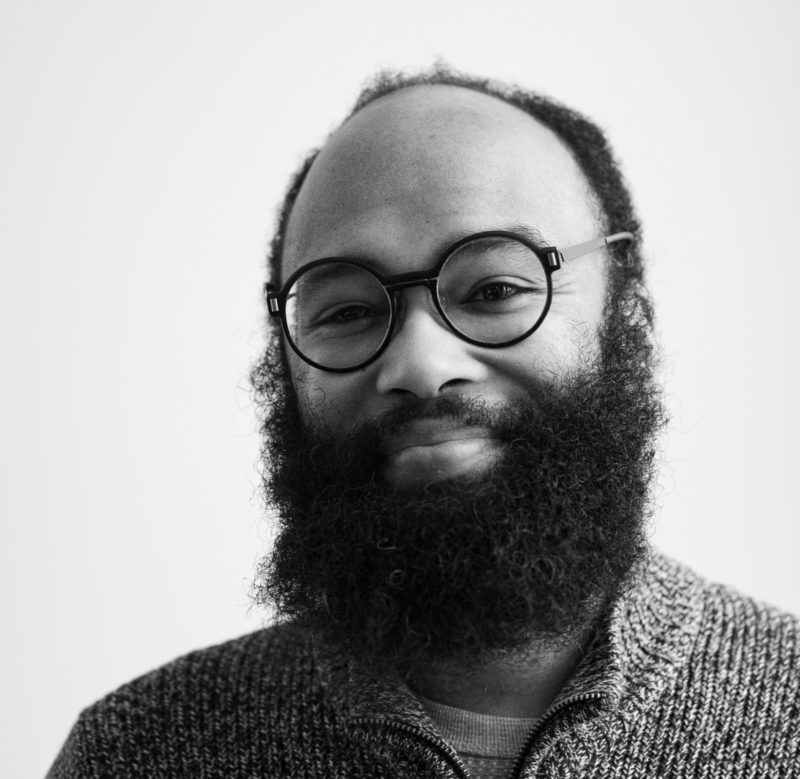
I was blown away when I discovered this collaboratively-created work by Cellist Seth Parker Woods and Sound Artist Spencer Topel. It is an incredibly moving and fascinating work that addresses deeply pertinent social and personal issues, and it keys into so many ideas that resonate with me and and the work I have been engaging in. Thinking about this work has been very nourishing for reflection on my own practice, but besides that, I just think it’s really great and that more people should know about it!
Like so much of the art we now experience, I have not heard this work live, but only as a video documentation online. Intersecting installation and performance art, it has a site-specific and performer-specific affectation, challenging the Platonic idea of notated music where the work is the score and the where and who of the performance are but ‘realizations’. ‘Iced bodies’ is an intertextual work that pays homage to the 1972 collaboration between Charlotte Moorman and Jim McWilliams called “Ice Music” where Moorman played a cello-shaped block of ice with a plexiglass bow until it melted. Pre-dating the prevalence of video documentation and the ready access we have to it online, such a work is as ephemeral as its melting ice. While the new work by Woods and Topel shares the intimacy and ephemerality of the “original” Ice Music, the different context creates a profoundly different work. “Iced Bodies” addresses voice-hearing and undiagnosed schizophrenia in the African American community, and their links to police brutality and prison abuse. When one experiences such a work, one is not only immediately struck by the “what” of the obsidian ice cello, but also the “who” of the performer playing it — the bodies on stage. It’s difficult to imagine such a work realized by another artist, amplifying the preciousness of the in-the-moment experience of the work.
The culture surrounding Classical music often likes to imagine that music is an “abstract”, “pure” art form (very scary scare quotes here) — the physicality of the experience is sublimated into the ether of sound. Even if we are witnessing a live performance where we can observe the source of the sound, we are encouraged to engage in an imaginary “Schizophonia” (R. Murray Schafer’s term for the splitting of sound from its source). And the rituals surrounding and nature of the music we hear often encourage this behaviour — at least for me, if I attend a conventional cello recital — I might for a moment think “that’s a cello”, but the “cello-ness” doesn’t assert itself as a focus of the work for very long. In Iced Bodies we are immediately presented with an object, through its estrangement from its antecedent source, that reminds us of the cello. The historical weight of the object and its meanings is brought to the fore, including the exclusionary histories of “who gets to play this,” “for whom is it played,” and “what sounds this is supposed to make” — conditions that are all challenged in Iced Bodies.
The sounds the ice-cello does make complexify the Schizophonic condition of electroacoustic listening: some sounds are made through the object by physical action, the ‘playing’ and eventual destruction of the object. Some sounds ‘come from’ the object but are not made by it — voices emanating from transducers inside of the ice, which resonate through it. And some sounds are acted upon through the object but result elsewhere (via a contact microphone inside the ice which transmits the sound through transducers resonating on the glass windows of the gallery). The body of the performer, the sounding-object, the sound, and the space, all flow into one another and experiencing the work is a constant renegotiation of how those things are connected, separate, or the same. These are all questions and challenges that are fundamental to my own practice and I have seldom seen them come together in such an interesting and inspiring way than in Iced Bodies.
As a final thought, considering the intertextuality of the work, as I was thinking about which piece to present for this blog, I also thought of two other works commissioned by Seth Parker Woods that have inspired me: Bodied Chambers by Patricia Alessandrini and asinglewordisnotenough3 (invariant) by Pierre Alexandre Tremblay — both works which also deal with embodiment and a blurring of acoustic and electroacoustic sound sources, and definitely worth checking out. Noting that “there’s something in common here” highlights to me the creative power of performers like Woods and the way that they challenge the hierarchy of the traditional composer-performer divide.



